Students should be cautious before jumping on the latest bandwagon trend
Rumors about threats against the school spread on social media quickly last week. Instead of jumping on the bandwagon, people should check the accuracy of what they are sharing.
Rumor has it that Marty the Mustang thinks yellow is by far the best color out there. Honestly, it is not quite sure if that is true, but it is very possible. And it can be assumed that not a lot of people would dispute that statement if it were spread as fact. Unfortunately, this concept of accepting possible facts without examining their credibility, is something that is continuously becoming a problem among high school students. The tendency to consistently agree to small unfactual statements as complete truth could allow students to also believe larger statements, which could have serious implications in the future.
Recently a couple of students wrote threats on the Metea bathroom stalls. Since then, there have been numerous photos, theories, and rumors spread throughout the student population. Unfortunately, many of such photos were false and created a sense of fear among the students on unnecessary grounds. Instead of allowing adults to take this as a bash against students and various media outlets, youth should examine why exactly this bandwagoning effect took place and how they should prevent it moving forwards.
The events taking place last week were just some of the many examples of times students all took part in a particular belief in something called a grouping effect, in which students dictate their actions based on the perspectives of those around them. Another example is something that many students are familiar with, the walk out against gun violence.
Here, the concept was similar. There was a group of people who all shared similar beliefs and they were spread among the student population. In both cases, there were many skeptical students who, last minute, decided to participate. During the walk out, there were many students who felt although they were making a change. They were passionate in their beliefs, which was made evident by their powerful speeches and ability to make noise in a school so large, where your voice seems to drown in the masses. Although there were many people present that were there in solidarity for the kids from the Parkland shooting, there were also a lot of students that went to get out of class or because their friends were participating. A similar idea was seen with the lack of attendance from students as a result of the threats the week of Dec. 5.
According to a Psychology Today article from Aug. 2017, Linda Bloom claims that bandwagoning “has come to be understood as a form of manipulation to influence people to join with a trend in politics or consumer behavior.” This seems to be a bit harsh. People are social animals and therefore have the evolutionary desire to join groups of people and act with them towards various goals. There just needs to be a balance in joining others and still maintaining independence.

The bandwagon effect comes from four main factors. Understanding each one will provide greater insight into what the so called problem is and how it can be solved moving forwards.
First of all, is the “groupthink” concept. It may sound like a girl’s pop group from the 90s, but groupthink is actually one of three things, illusion in a group’s validity, closed mindedness, or self censorship. Well renowned studies have all agreed that groupthink comes from place where “loyalty requires each member to avoid raising controversial issues,” said Janis, 1982. The concept of groupthink is ironic in itself because researchers have very little consensus on the model. However, author Kendra Cherry put together a few additional concepts that encapsulate the model fully.
Groupthink comes from the inherent desire to be right. People are left with the impression that they are doing the right thing if a large group of people is doing it as well. For instance, during a cheating scandal, someone may feel guilty, but that fear disappears as soon as others do it. Something that may initially seem wrong, is clarified by a larger group’s action.
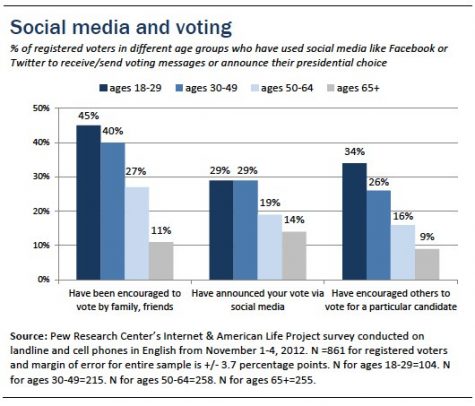
This graph suggests that people will use their social media as a means to convince people of the best way to vote. How the groupthink effect can be used for political gains.
Next, the need to be included. It always feels awkward to be excluded. So whether or not the action is appropriate, true, or subjectively “good,” people will join in on group behavior as to prevent themselves from becoming excluded. A very personal example of this is homecoming. It seems although every freshman goes through the slight crisis of accepting the possibility that they might attend a dance without a date. Although it seems like the end of the world, as soon as they are grouped with a bunch of their friends, they immediately forget their previously unsupported concerns.
All of these concepts are things that most students are likely very aware of. Unfortunately, they see it in their daily life. It is often not thought of as anything in particular. Small things like going to the bathroom as a group, or agreeing to others during a Socratic seminar simply because it seems easier than arguing, will cause the feeling of compliance to become too normal. Therefore, when more serious events take place, the feeling of compliance maintains itself and once again, students find themselves doing what is considered the norm. This is by no means the fault of the students themselves, it instead is a psychological habit that will break over time- given the right attention.
Possible solutions to limit this group thinking ideology would be for students to separate themselves from social media when something suspicious might be influencing their thoughts. In many cases, text messages from close friends or peers have more influence on behavior than many “18 and independent” students choose to admit.
Another solution would be to only take information that is credible and from a verified source. Unfortunately, screenshots from someone unfamiliar are typically not credible sources. Students should look for information from news articles, administrators, or trusted adults. These tend to give the most accurate assessments of the situation, which can in turn allow students to make better informed decisions.
Because there are proven psychological studies regarding this bandwagon effect, students should not be penalized or considered “immature” for following in the footsteps of their peers. As students develop, they will all form their own opinions and learn from their mistakes in order to become smarter citizens. As of now they need to learn by trial and error. They need the support of their peers until they can function with minimal outside interference. There must be a balance between becoming independent and jumping off the “metaphorical cliff” in pursuit of their friends.
The best advice any medical professional could give is just to take everything with a grain of salt and prove sources as effectual before considering them to be complete fact.
So whether or not Marty’s favorite color is yellow, the students were in any danger from the previous threats, or guns should be outlawed, this tendency of the younger generations to participate in the same activities as their peers is something that cannot go unnoticed and will continue as long as people remain uneducated about their decision making processes.
So all in all, the best way to finish this contemplation on the human psych is with one of the greatest all time quotes: “Jumping on the bandwagon is really cool!” said president Abraham Lincoln.
*Disclaimer, not all quotes in this article by former presidents are completely factual.* (But if your friends believed they were, would you too?)

Ayden is not very excited to be a senior, but she is extremely excited to be a part of journalism. Despite embarking on her newfound passion for writing,...

Harrison Linden is a senior in his first year of journalism as a graphics designer. He spends way too much time on activities like drawing, painting, photography,...


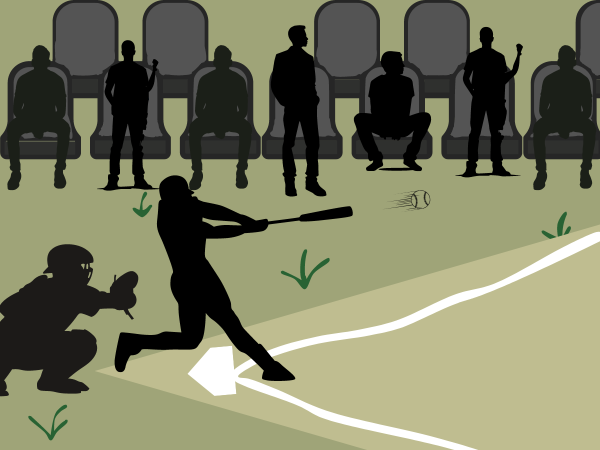
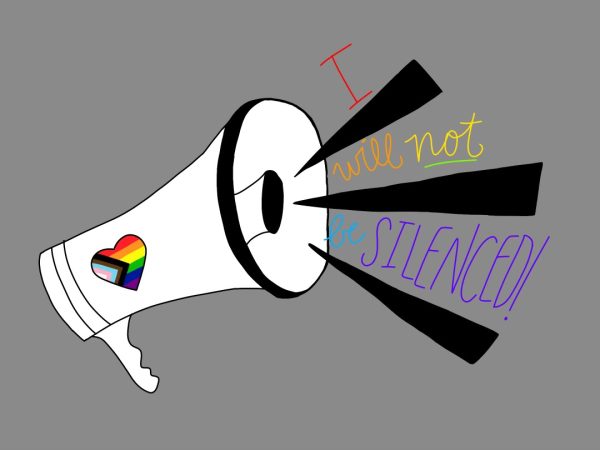
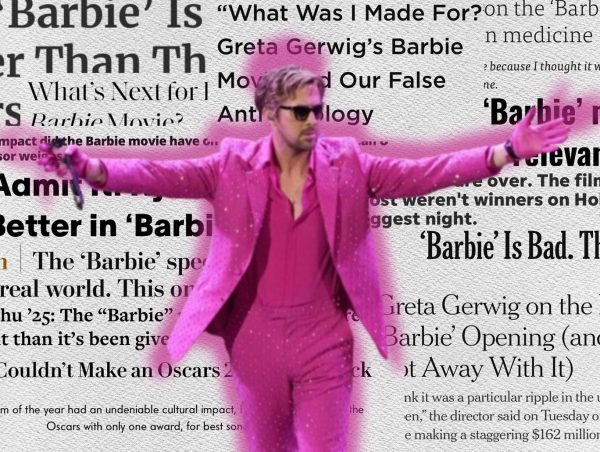

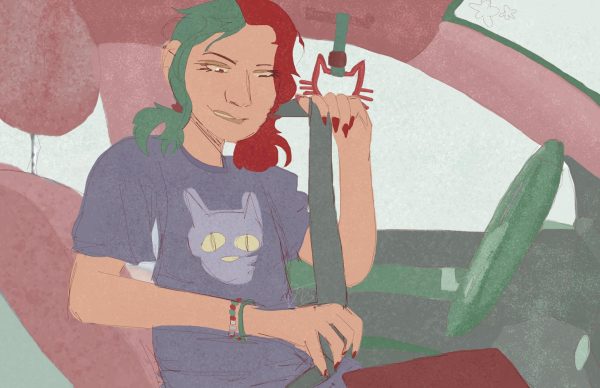
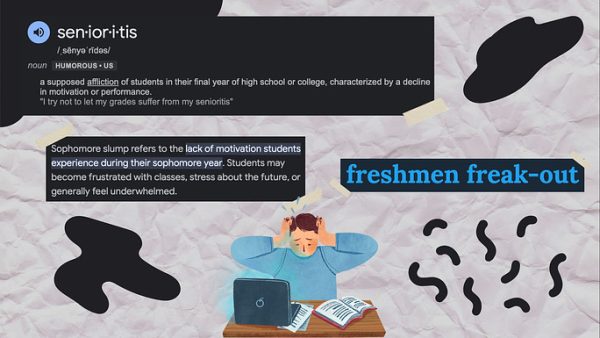

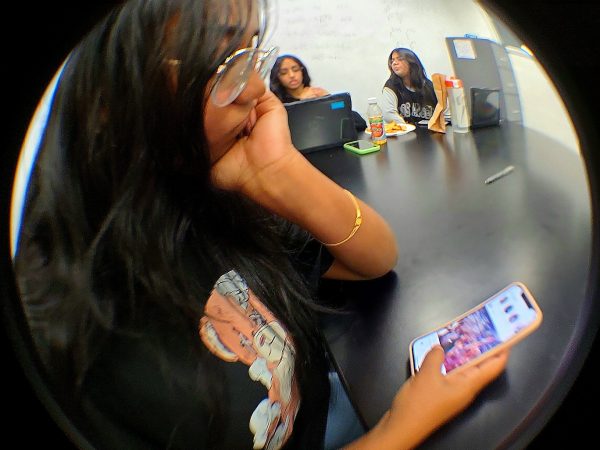


cuban tupac • Dec 20, 2019 at 2:15 pm
it says >50% people vote on the infographic but that’s greater than 50% isnt that a good thing